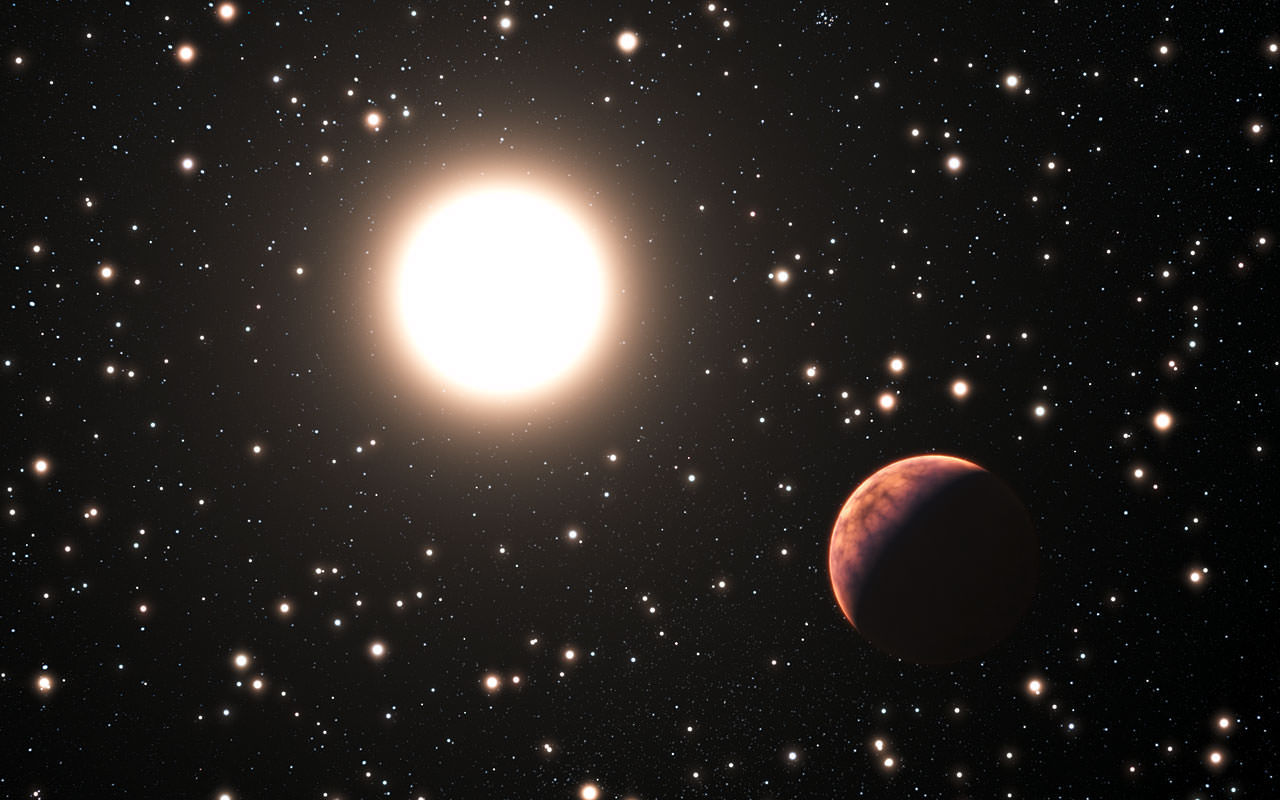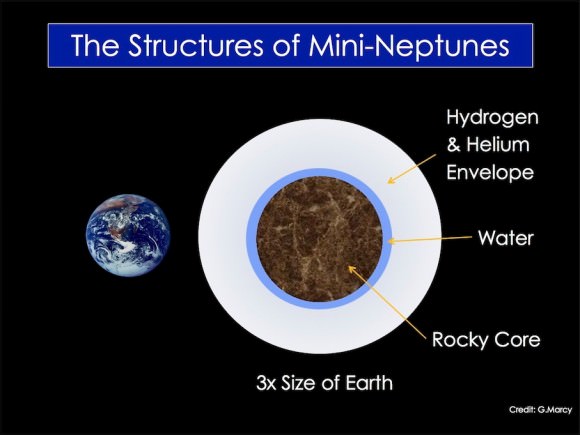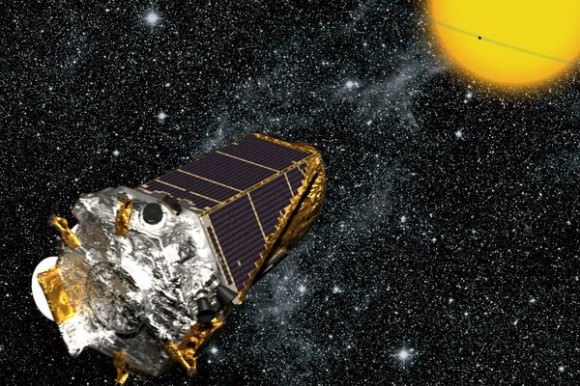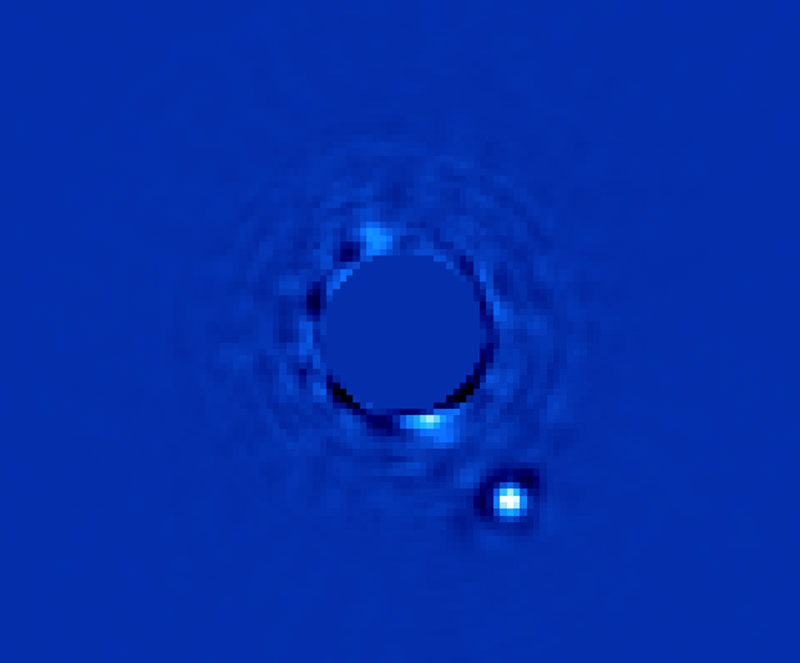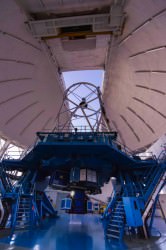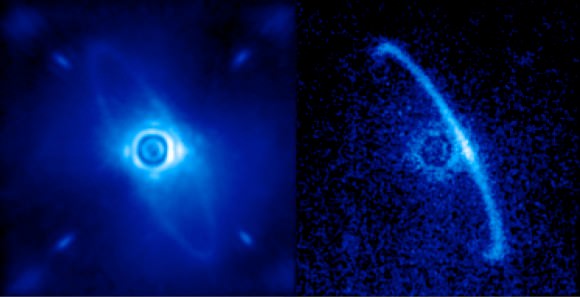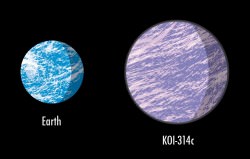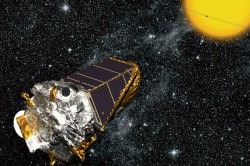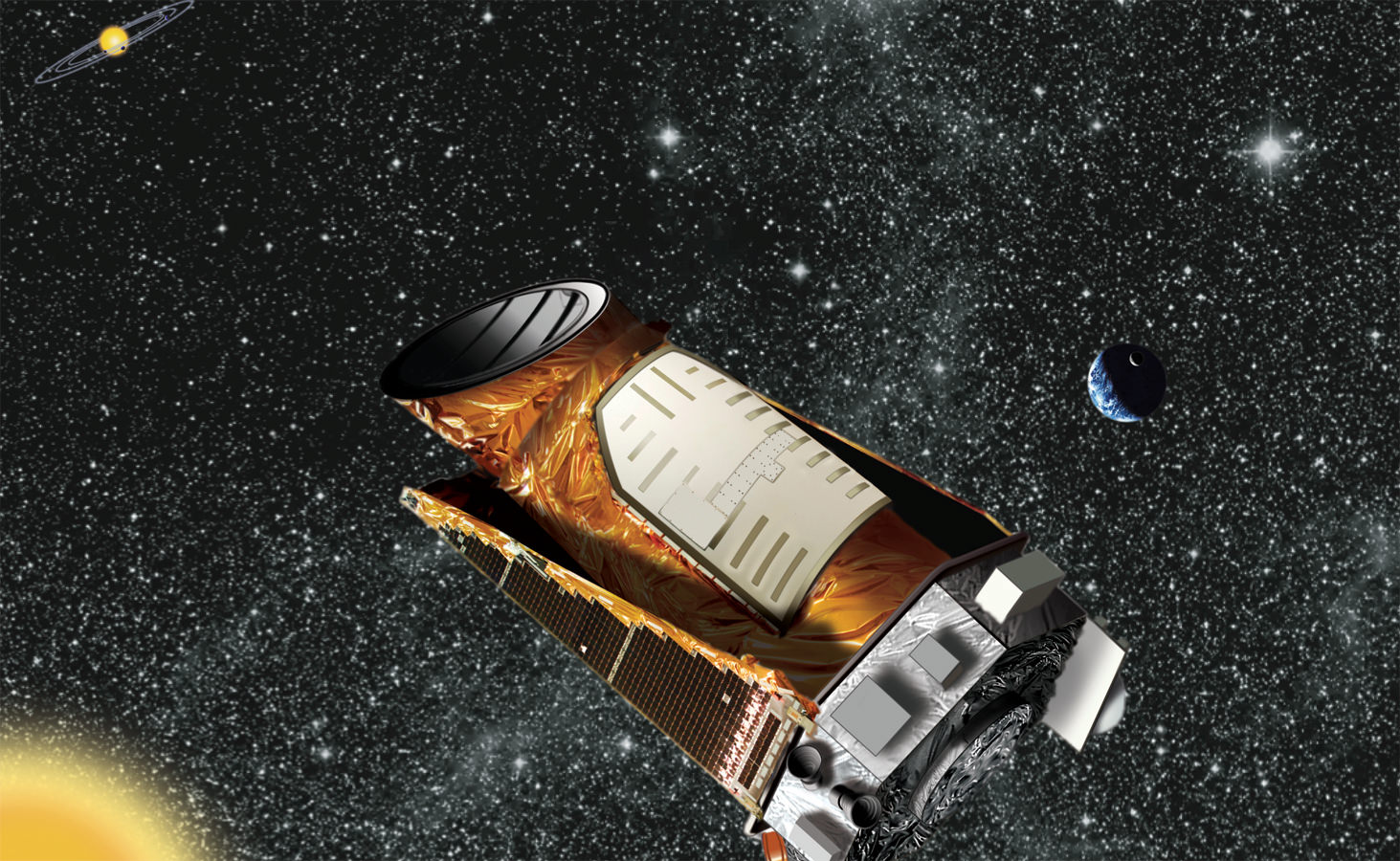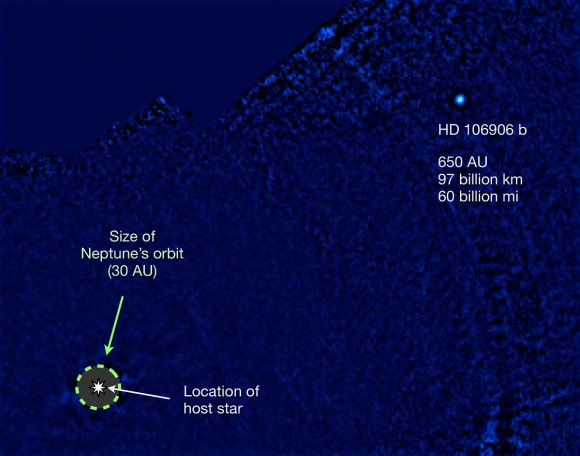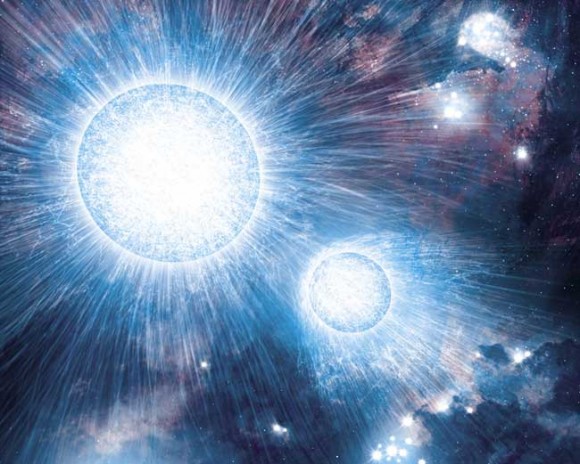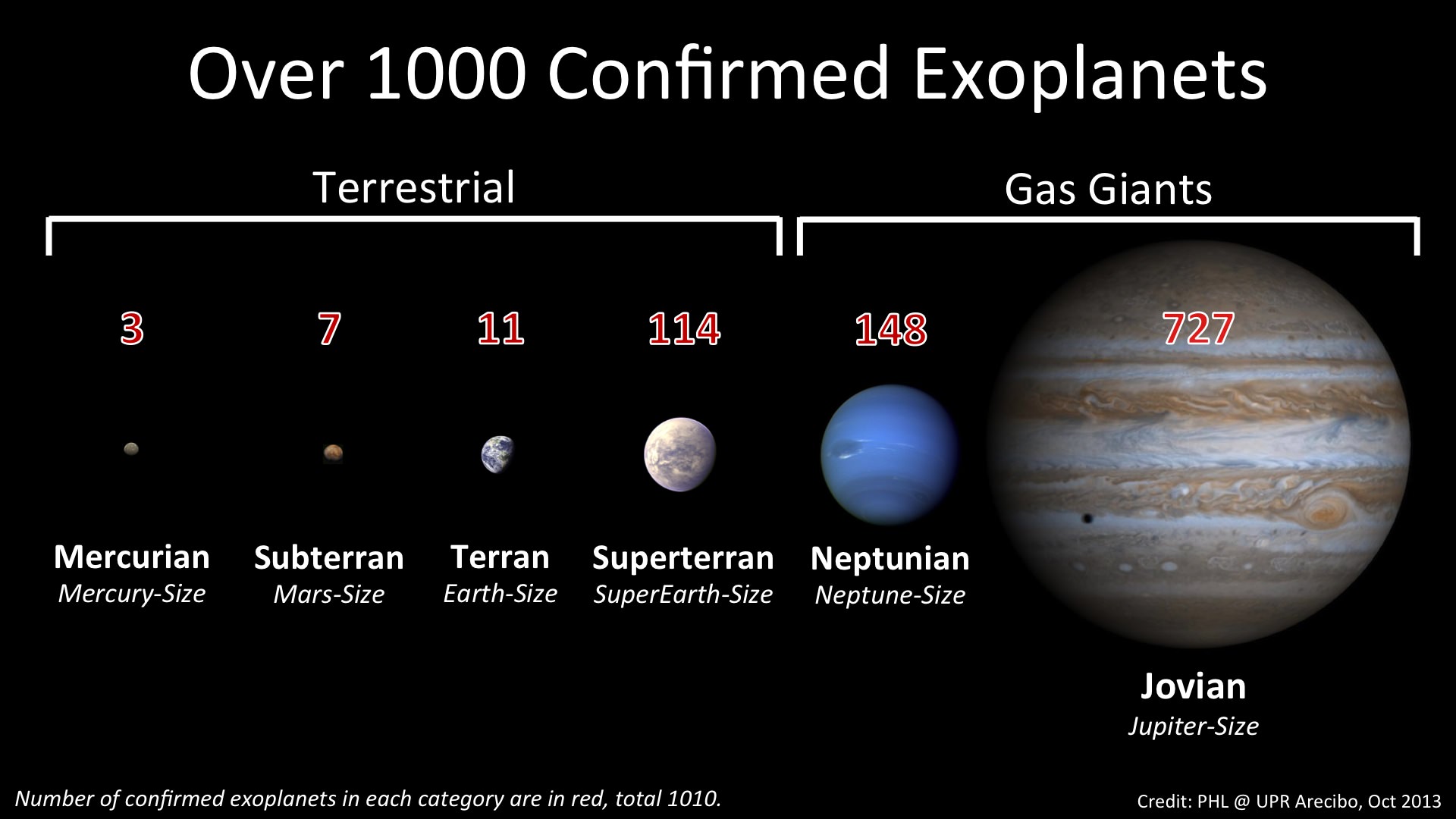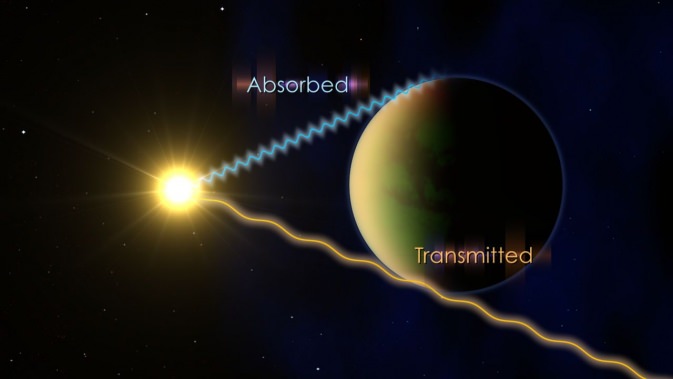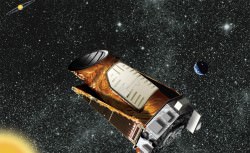So far, just a handful of planets have been found orbiting stars in star clusters – and actually, astronomers weren’t too surprised about that. Star clusters can be pretty harsh places with hordes of stars huddling close together, with strong radiation and harsh stellar winds stripping planet-forming materials from the region.
But it turns out that perhaps astronomers are beginning to think differently about star clusters as being a homey place for exoplanets.
Scientists using several different telescopes, including the HARPS planet hunter in Chile have now discovered three planets orbiting stars in the cluster Messier 67.
“These new results show that planets in open star clusters are about as common as they are around isolated stars — but they are not easy to detect,” said Luca Pasquini from ESO, who is a co-author of a new paper about these planets. “The new results are in contrast to earlier work that failed to find cluster planets, but agrees with some other more recent observations. We are continuing to observe this cluster to find how stars with and without planets differ in mass and chemical makeup.”
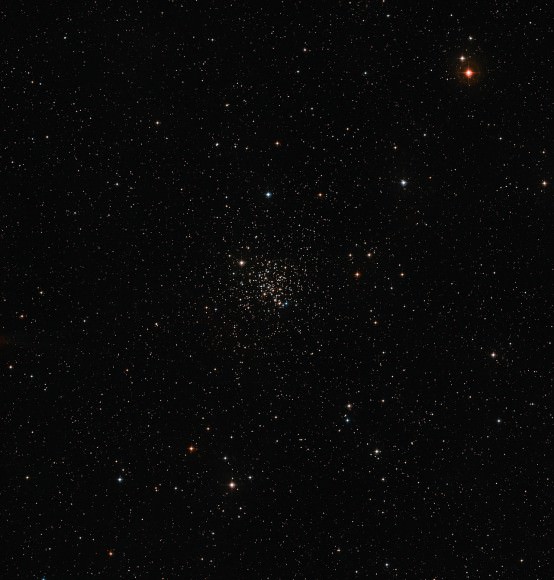
The astronomers are pretty excited about one of these planets in particular, as it orbits a star that is a rare solar twin — a star that is almost identical to our Sun in all respects. This is the first “solar twin” in a cluster that has been found to have a planet.
“In the Messier 67 star cluster the stars are all about the same age and composition as the Sun,” said Anna Brucalassi from the Max Planck Institute for Extraterrestrial Physics in Garching, Germany and lead author of the new paper on these planets. “This makes it a perfect laboratory to study how many planets form in such a crowded environment, and whether they form mostly around more massive or less massive stars.”
This cluster lies about 2,500 light-years away in the constellation of Cancer and contains about 500 stars. Many of the cluster stars are fainter than those normally targeted for exoplanet searches and trying to detect the weak signal from possible planets pushed HARPS to the limit, the team said.
They carefully monitored 88 selected stars in Messier 67 over a period of six years to look for the tiny telltale “wobbling” motions of the stars that reveal the presence of orbiting planets.
Three planets were discovered, two orbiting stars similar to the Sun and one orbiting a more massive and evolved red giant star. Two of the three planets are “hot Jupiters” — planets comparable to Jupiter in size, but much closer to their parent stars and therefore not in the habitable zone where liquid water could exist.
The first two planets both have about one third the mass of Jupiter and orbit their host stars in seven and five days respectively. The third planet takes 122 days to orbit its host and is more massive than Jupiter.
Star clusters come in two main types: open and globular. Open clusters are groups of stars that have formed together from a single cloud of gas and dust in the recent past, and are mainly found in the spiral arms of a galaxy like the Milky Way. Globular clusters are much bigger spherical collections of much older stars that orbit around the center of a galaxy. Despite careful searches, no planets have been found in a globular cluster and less than six in open clusters.
Another study last year from a team using the Kepler telescope found two planets in a dense open star cluster and the team stated that how planets can form in the hostile environments of dense star clusters is “not well understood, either observationally or theoretically.”
Exoplanets have been found in some amazing environments, and astronomers will continue to hunt for planets in these clusters of stars to try and learn more about how and why — and how many — exoplanets exist in star clusters.
ESOcast 62: Three planets found in star cluster from ESO Observatory on Vimeo.
Source: ESO

